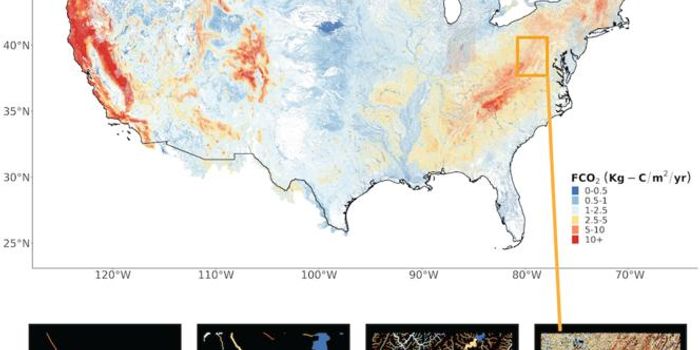Who do we save? Optimizing conservation dollars
One of the challenges facing conservationists today is understanding best investment practices – in other words, where and how does it make the most sense, financially and ecologically, to invest in conservation? Researchers at the National Institute for Mathematical and Biological Synthesis (NIMBioS) at the University of Tennessee, Knoxville are trying to answer that question and to do so, they’ve developed a series of computer algorithms capable of synthesizing many data sources. The research was published recently in Ecological Applications.
"The challenge for conservation practitioners is how to best combine many really disparate kinds of data and do so in a way that lets them compare possible options for protection -- the goal being to find opportunities where conservation efforts offer the greatest bang for the buck," said lead author Paul Armsworth, who is a Professor of Ecology and Evolutionary Biology at the University of Tennessee.
The data that Armsworth and his colleagues are considering range from land acquisition costs and future development patterns to budget allocations for conservation and the presence of threatened species. Joe Fargione, science director for the North American region at the Nature Conservancy, compares the tool to a huge discount department store.
"It's basically a giant bargain-hunting formula for biodiversity conservation," said Fargione. "The authors are finding important bargains -- places where the most good for the most species can be done, sometimes at very low cost."
From this innovation method, the researchers determined priority areas for protection in the US, naming counties around Austin, Texas, and parts of the southern Appalachians and the areas most in need of urgent conservation.
You may be asking what makes these areas particularly needy. According to Science Daily, Austin and the surrounding counties are home to endemic species of salamanders that are already critically vulnerable to extinction. Parts of southern Appalachia are also home to many unique species groups.
"Both areas offer very good deals if you only have a limited budget to work with and are trying to protect vulnerable species. Adding more protection into these places wouldn't be too expensive. And these habitats could be in trouble in the future if additional protection isn't undertaken," Armsworth said.
While financial optimization may be an uncomfortable way for some to look at ecological conservation, the technique takes into consideration the very real fact that there are just not currently enough conservation dollars to go around. This method hopes to provide information that helps conservationists and natural resource managers make the most out of those dollars.
Sources: Ecological Applications, Science Daily









